1977: Launch
NASA’sVoyager 1spacecraft lifted off from Florida’s Cape Canaveral Air Force Station on 5 September 1977, a couple weeks after the launch of its sister craft, Voyager 2. Equipped with a toolbox of television cameras, infrared and ultraviolet sensors, and various other instruments, the spacecraft are still travelling through space today. They’re powered by ‘radioisotope thermoelectric generators’, which convert the heat produced by the radioactive decay of plutonium into electricity.
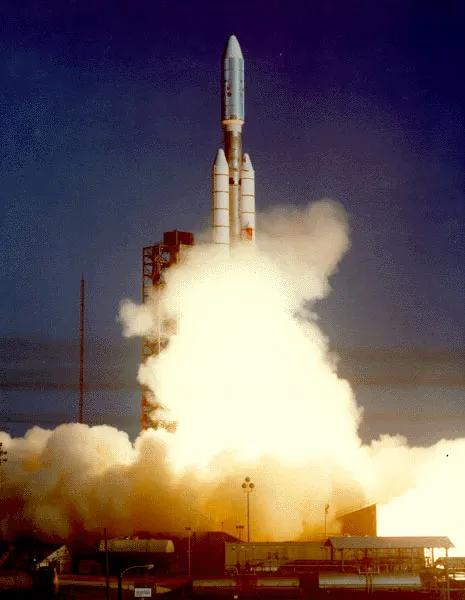
Also onboard each spacecraft is a ‘Golden Record’ that contains sounds, music and images from Earth, intended for any aliens or future humans who chance upon the craft. Sounds engraved into the copper vinyl include nature recordings of birdsong, thunder and wind, greetings in more than 50 languages, and music by artists including Bach, Chuck Berry, Beethoven, Blind Willie Johnson and Mozart.
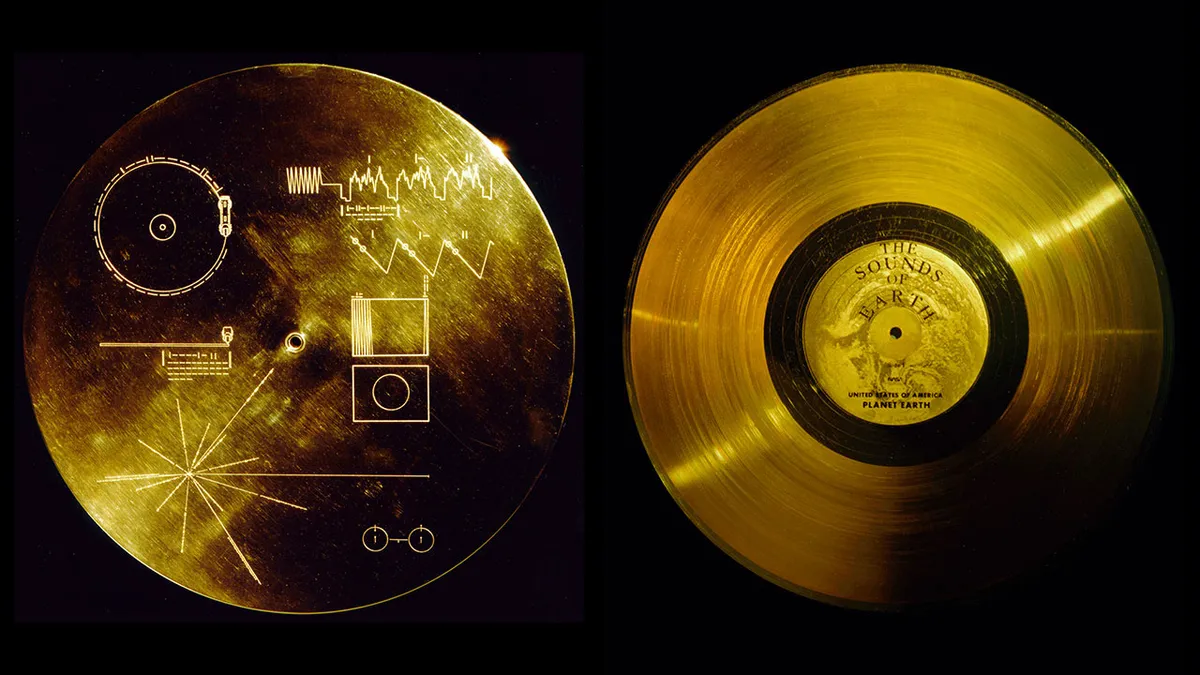
1979: Encounter with Jupiter
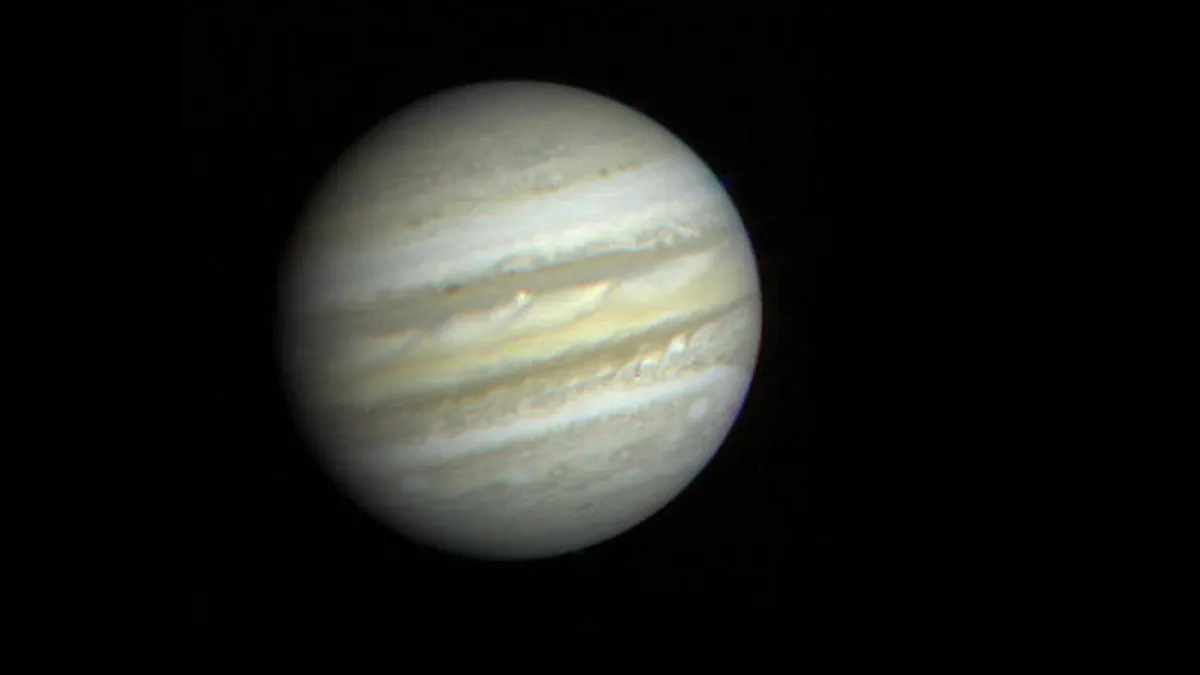
The spacecraft’s first stop was Jupiter. Voyager 1 began photographing the Jovian giant in January 1979, making its closest approach a couple months later. It took some spectacular shots of the famous Great Red Spot – a perpetual storm that’s large enough to engulf three Earths – and discovered volcanic activity on Io, Jupiter’s innermost moon. It was the first time that active volcanoes had been discovered anywhere else in the Solar System.
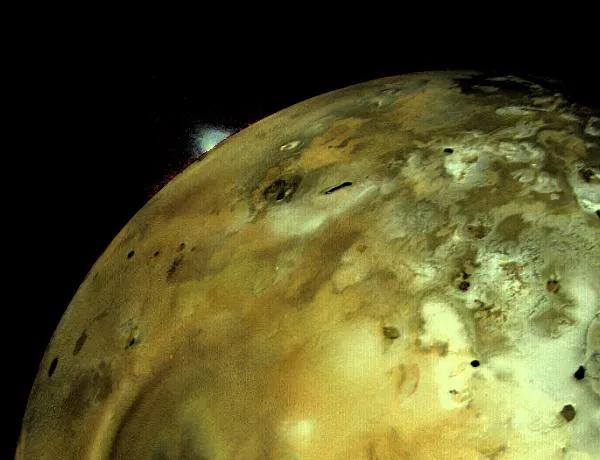
1980: Encounter with Saturn
Next stop on Voyager 1’s cosmic odyssey was Saturn and its system of moons and rings. It made its closest approach to the gas giant on 12 November 1980, coming within 64,200 kilometres (40,000 miles) of the planet’s cloud tops. It sent back the first high-resolution shots of Saturn’s rings and discovered that the planet’s gassy atmosphere was made almost entirely of hydrogen and helium, making it the only planet less dense than water. It also took close-up shots of some of Saturn’s many moons.
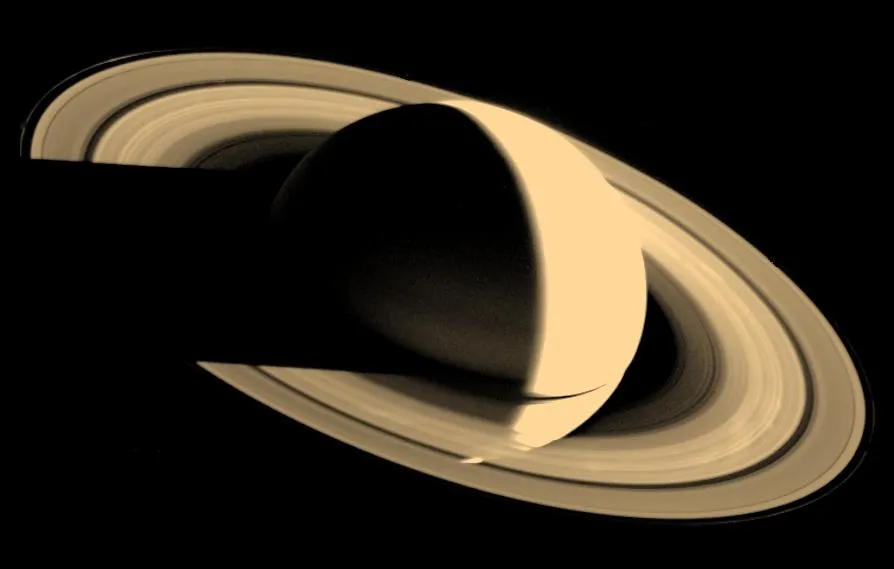
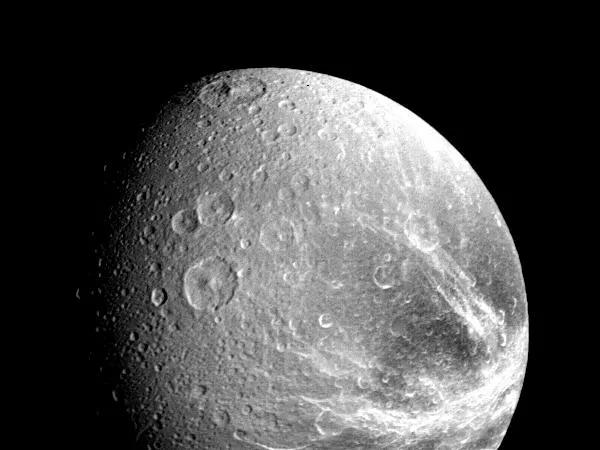
1990: The ‘Pale Blue Dot’
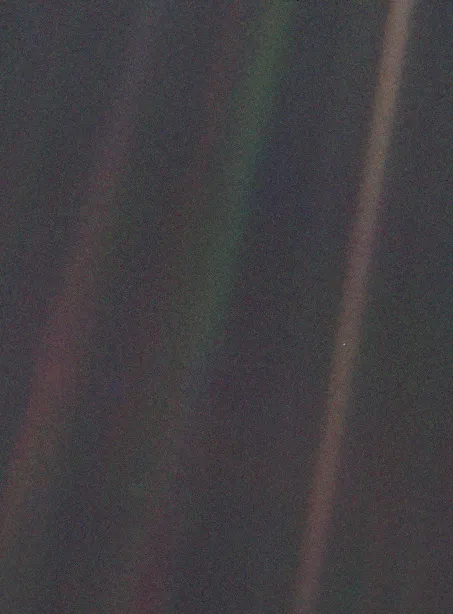
Having fulfilled its primary mission, Voyager 1 continued to streak through space. In 1990, the spacecraft turned its camera back towards the Earth to capture this humbling shot.
In this image, the Earth appears as a miniscule blue speck suspended against the blackness of space. It’s just about visible as a tiny dot approximately halfway down the brown band of light on the right. The light bands are artifacts of the photo, a result of sunlight scattering off the camera.
The American astronomer Carl Sagan poignantly wrote about the photo in his bookPale Blue Dot: A Vision of the Human Future in Space:
“Consider again that dot. That's here. That's home. That's us. On it everyone you love, everyone you know, everyone you ever heard of, every human being who ever was, lived out their lives... every saint and sinner in the history of our species lived there– on a mote of dust suspended in a sunbeam.”
2012: Entering interstellar space
Voyager 1 officially entered the space between stars – ‘interstellar space’ - on August 2012, going beyond the influence of the Sun’s magnetic field and ‘solar wind’ of charged particles. This means that it's the first man-made object ever to leave the Solar System.
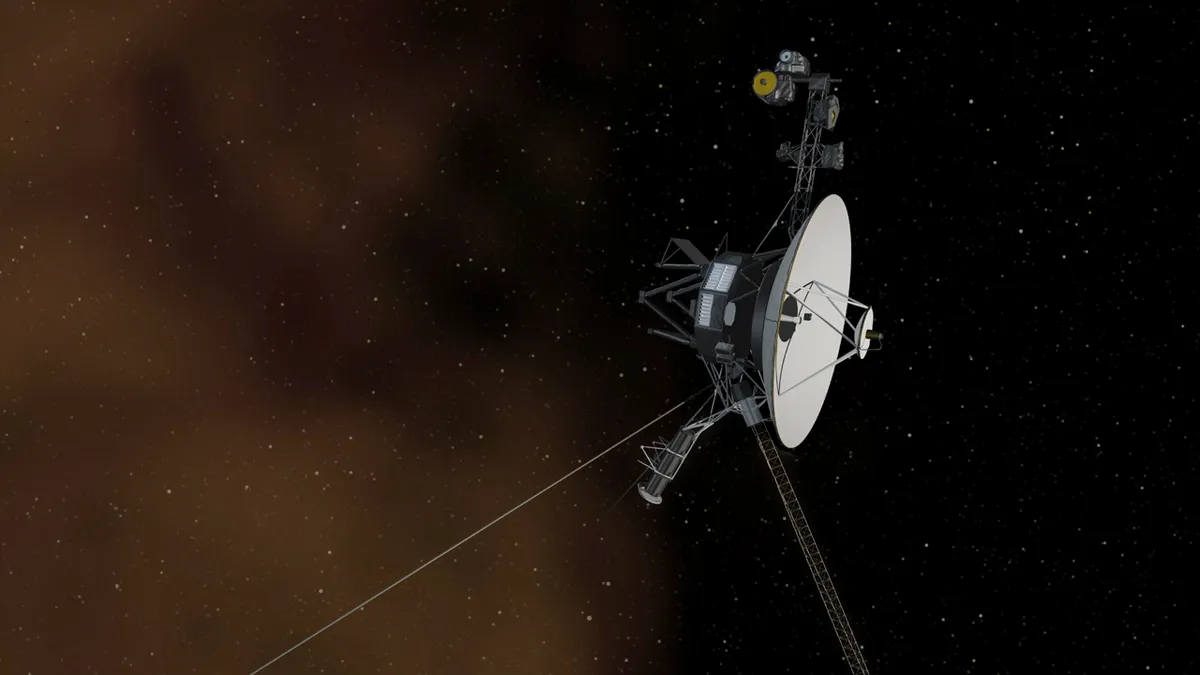
“This is really a key milestone that we'd been hoping we would reach when we started this project over 40 years ago,” chief scientist Prof Ed Stone told BBC News. “[It’s] one of those journeys of exploration like circumnavigating the globe for the first time or having a footprint on the Moon for the first time.”
Today, 40 years after its launch, Voyager 1’s radioactive power source is still going strong. The spacecraft is currently around 19 billion kilometres (12 billion miles) from home, and its radio signals take 17 hours to reach us.
The future: Voyager continues on its adventure
It's expected that Voyager 1 will exhaust its plutonium power supply in around 2025, at which point it’ll end its broadcasts back to Earth.
But its journey won’t end there – it'll still continue to orbit the centre of our Milky Way, and is next due to encounter a star in 40,000 years time. With its communication cut off, though, only Voyager will know how it feels to be so far from home, basking in the glory of another sun.
Follow Science Focus onTwitter,Facebook, Instagramand Flipboard
